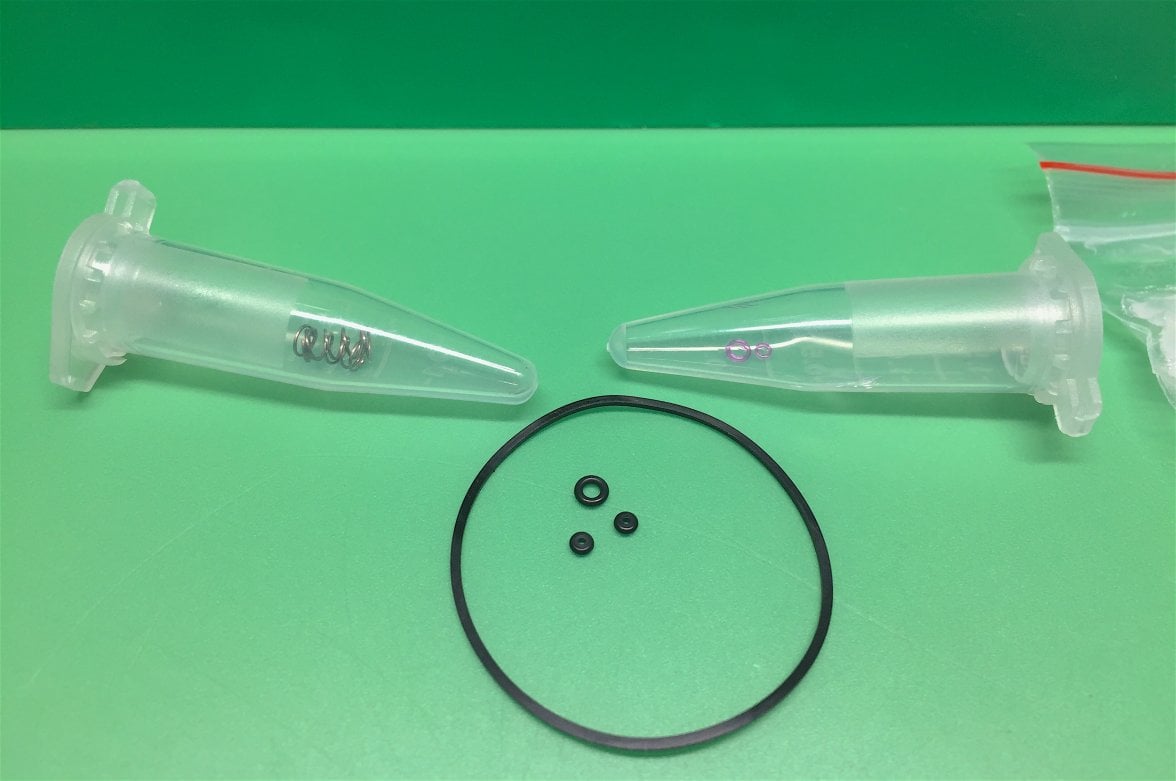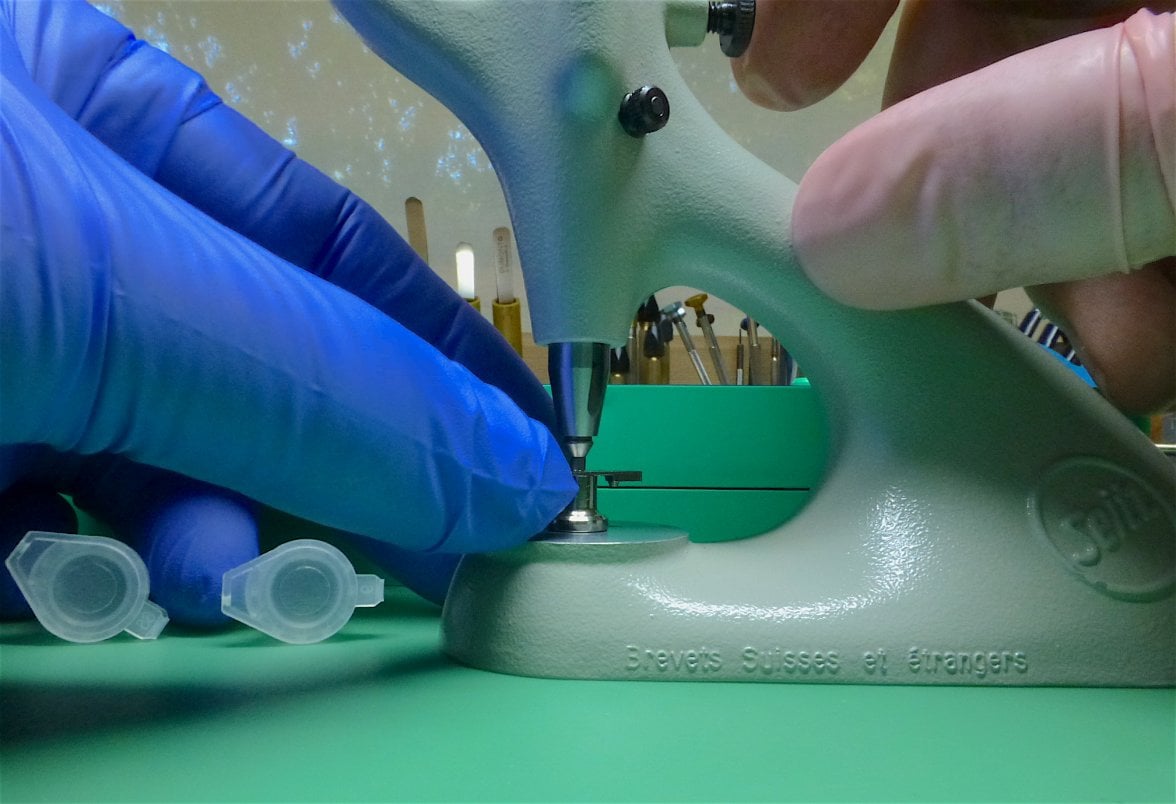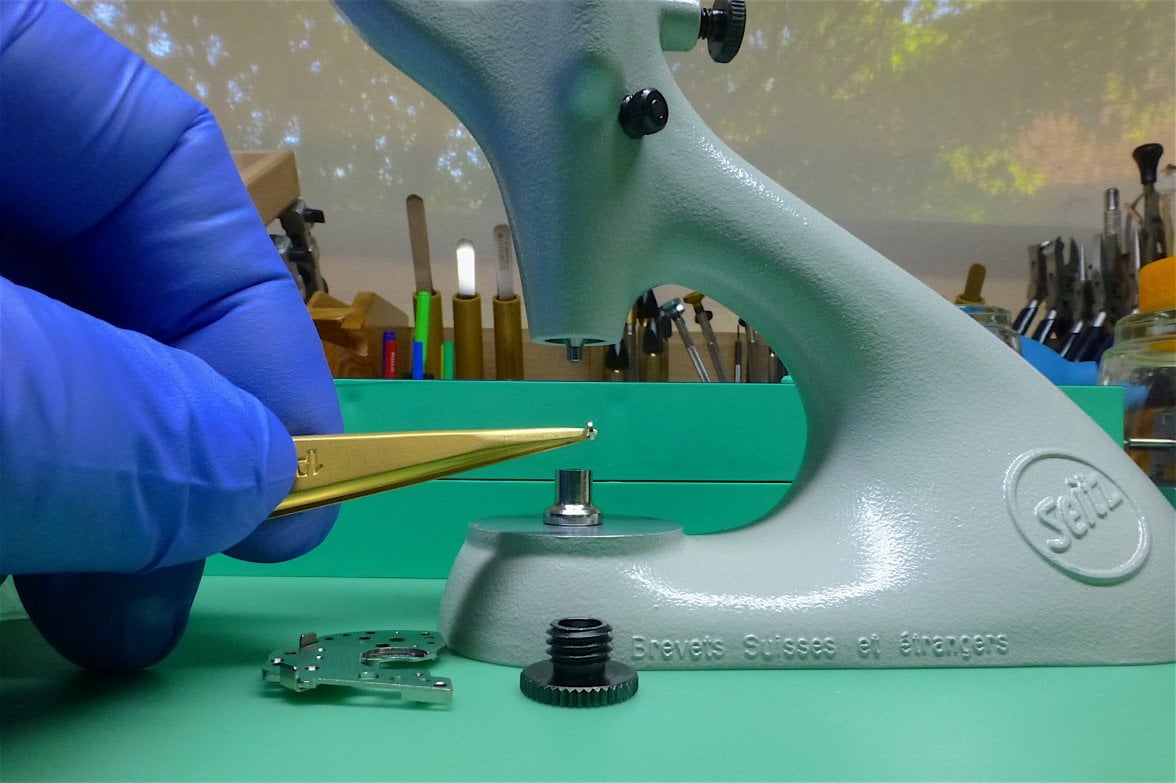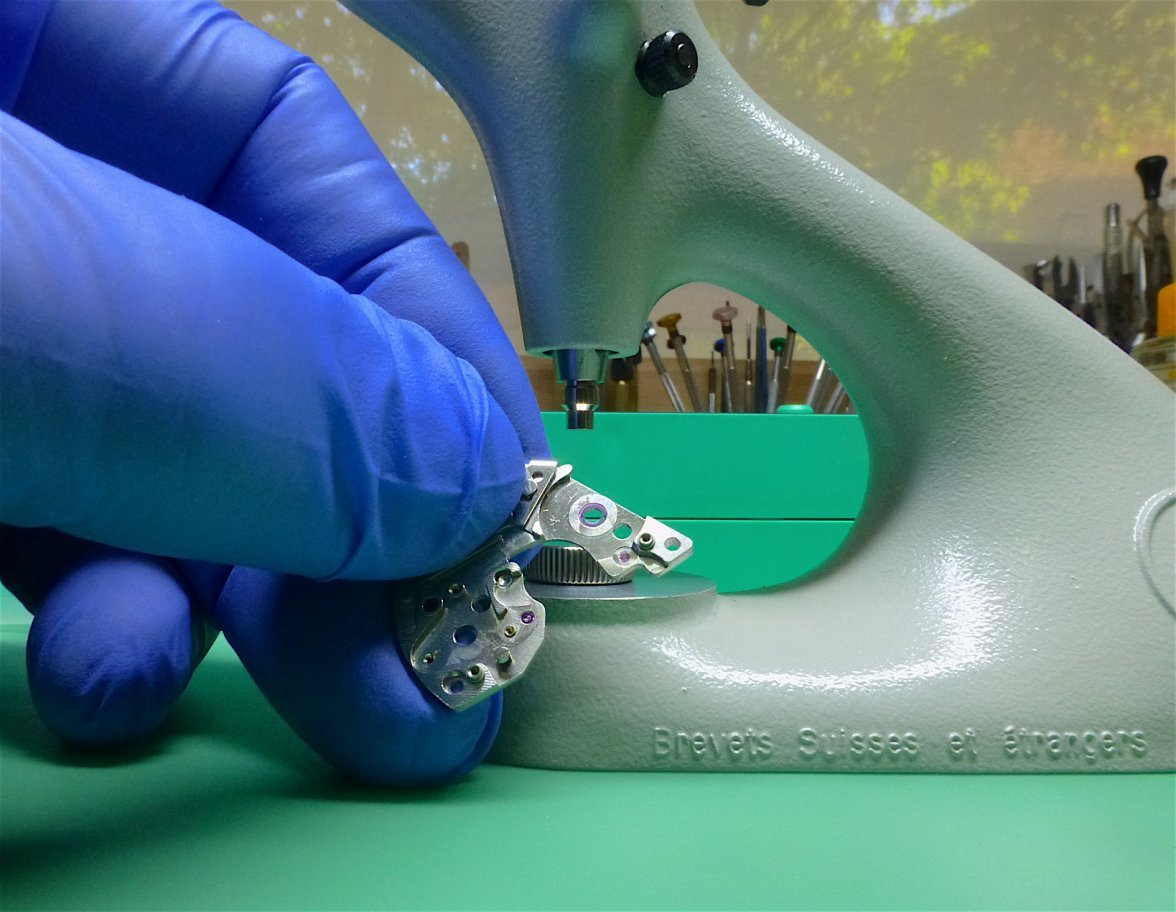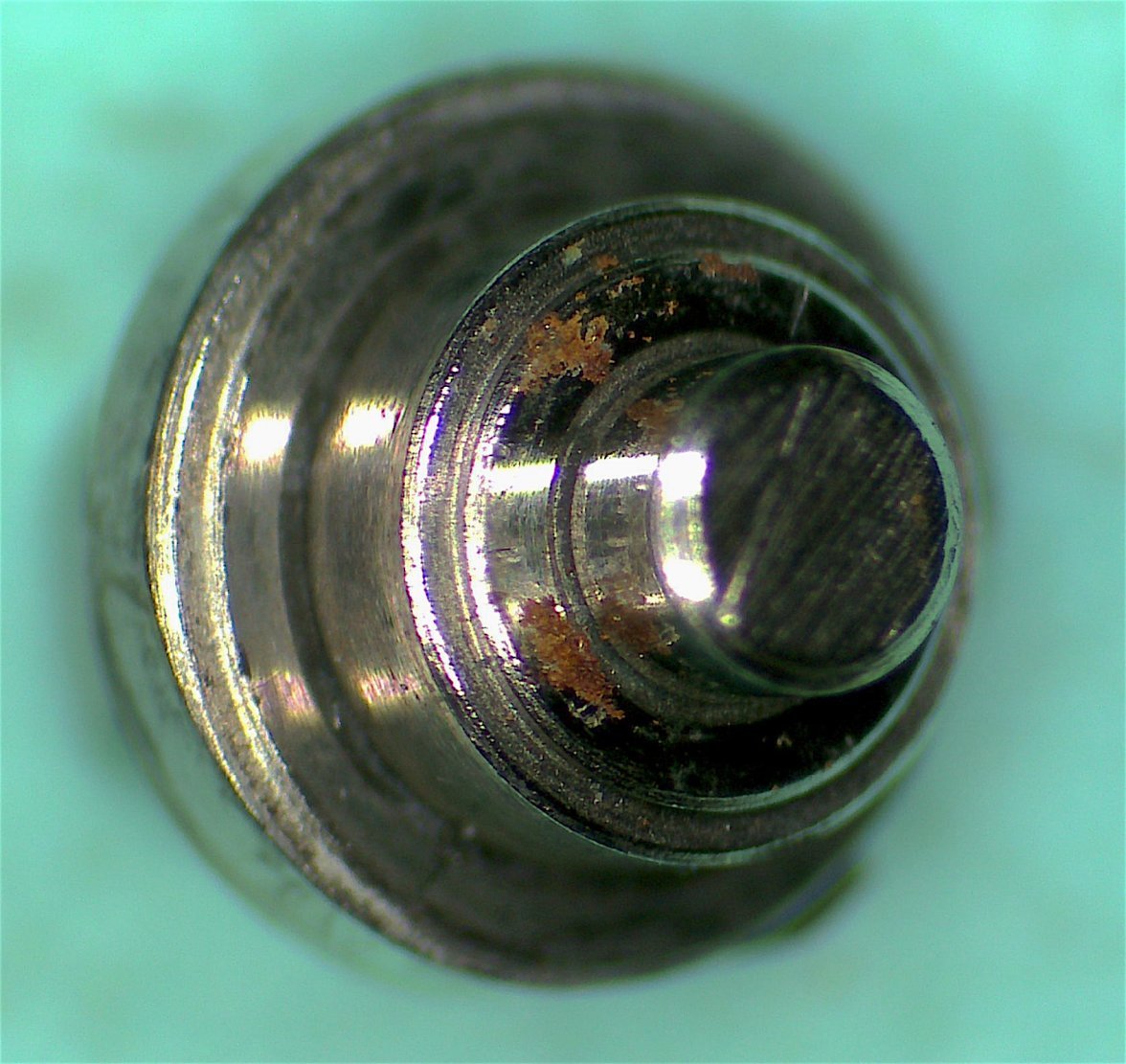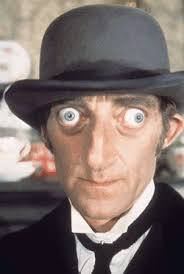JimInOz
··Melbourne AustraliaUpdate - Project on hold for a few days.
While on eBay ordering parts, I happened to browse the sellers other listings (who doesn't do that 😁) and noticed that he had an upgraded/improved movement holder for the 6139 so I ordered one.
Adrian at VTA makes these on his 3D printer.
Unfortunately his 3D printer blew up in January and fried almost everything on the circuit board, so he was only able to resume production a day ago, so my new toy and the parts for the 6139 will take a day or two.
But don't panic, I have another little job in progress to keep me off the streets.
While on eBay ordering parts, I happened to browse the sellers other listings (who doesn't do that 😁) and noticed that he had an upgraded/improved movement holder for the 6139 so I ordered one.
Adrian at VTA makes these on his 3D printer.
Unfortunately his 3D printer blew up in January and fried almost everything on the circuit board, so he was only able to resume production a day ago, so my new toy and the parts for the 6139 will take a day or two.
But don't panic, I have another little job in progress to keep me off the streets.
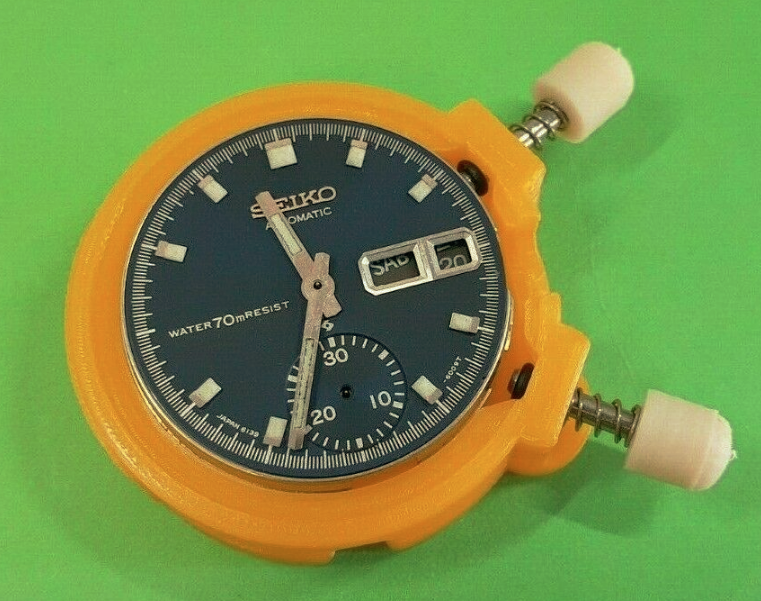

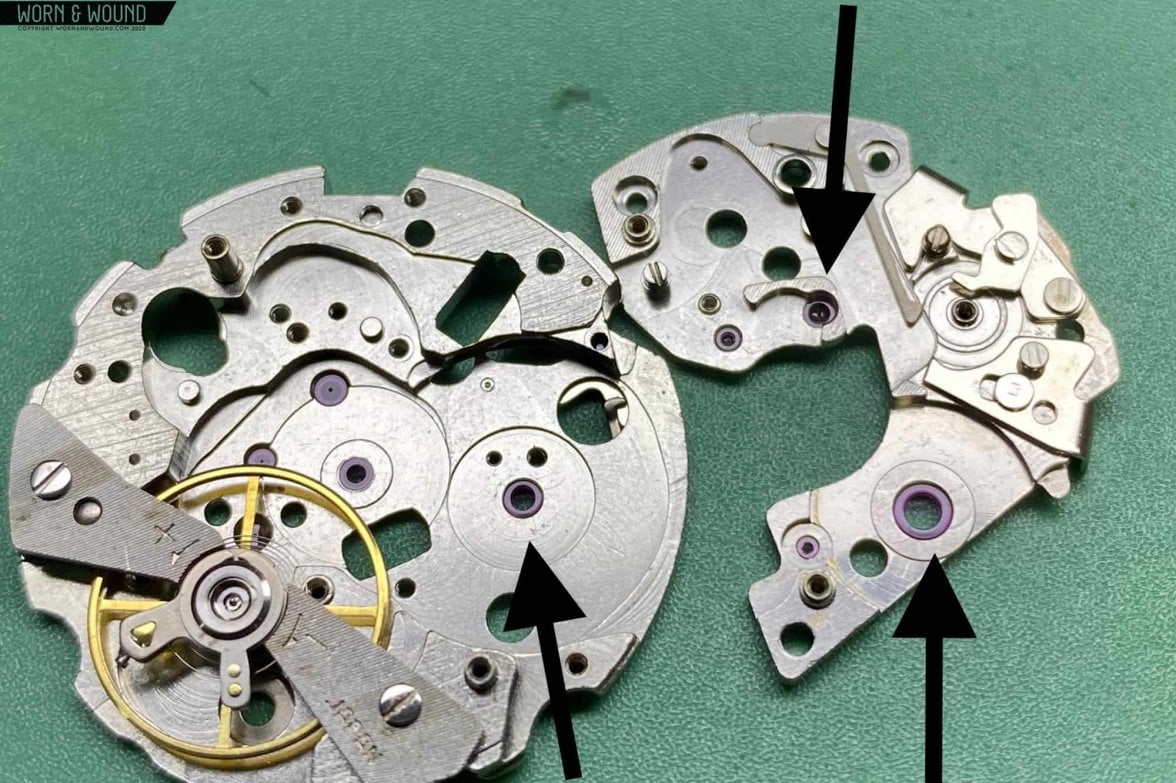
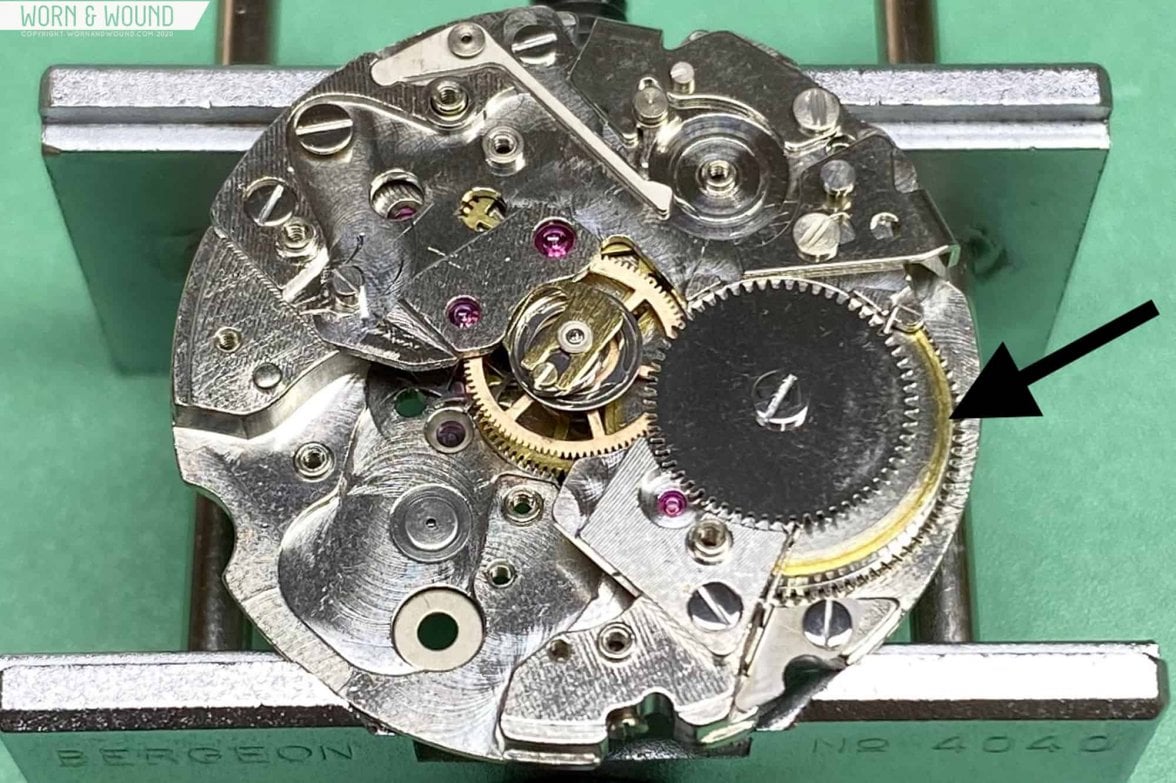
 .
.